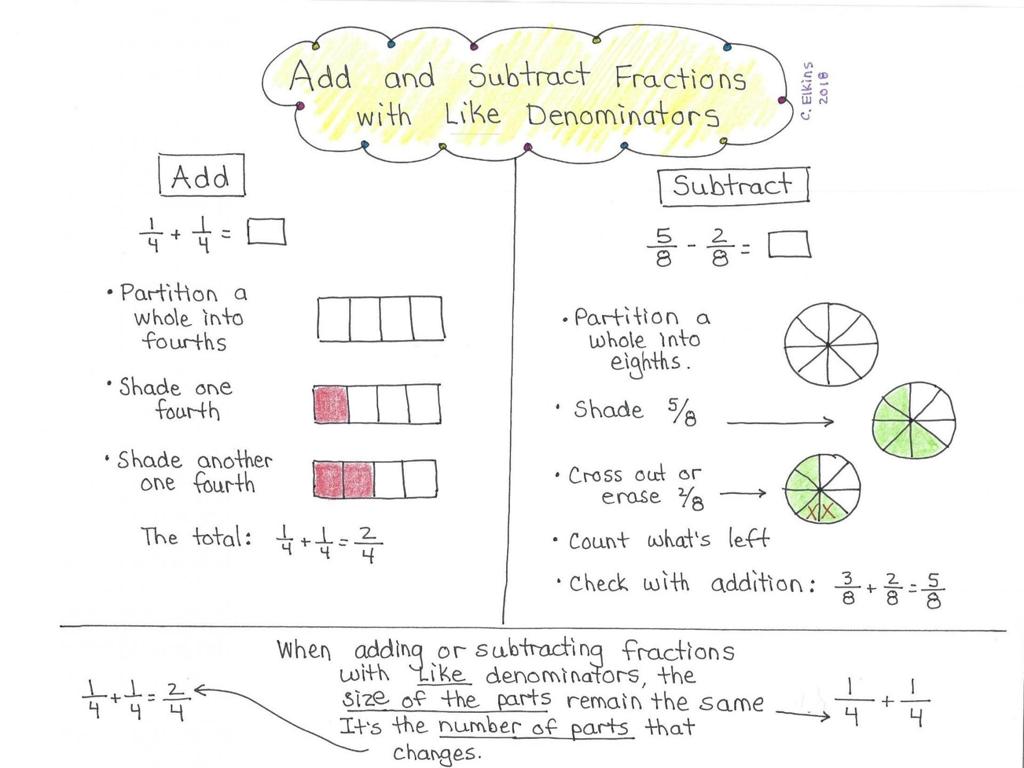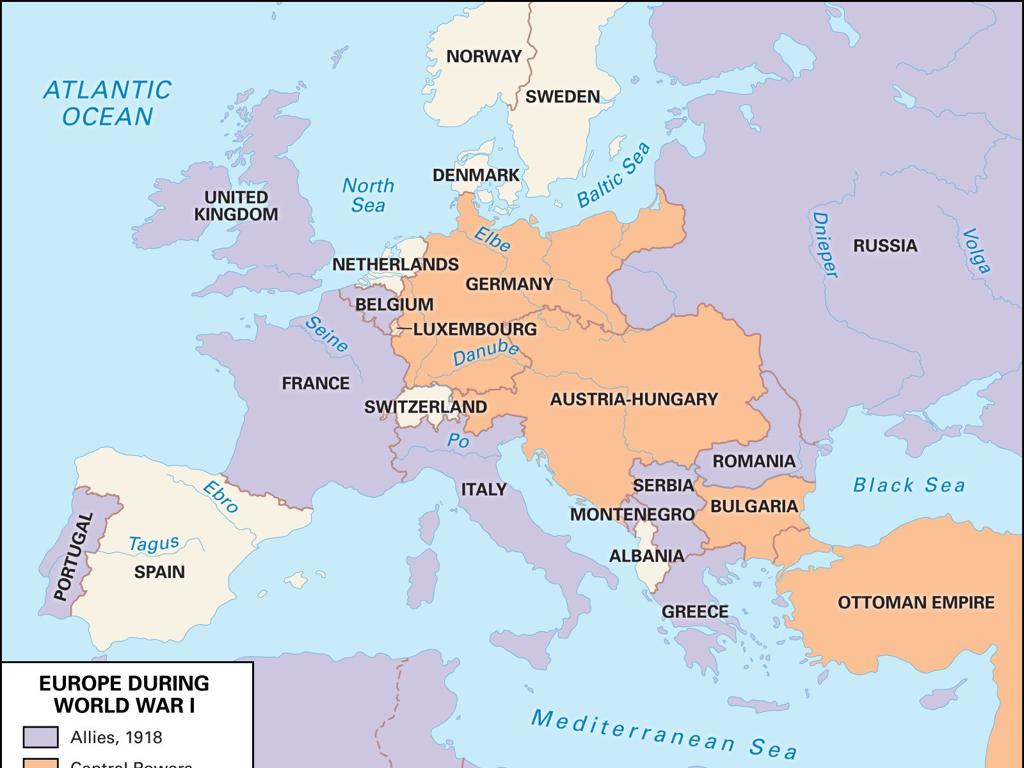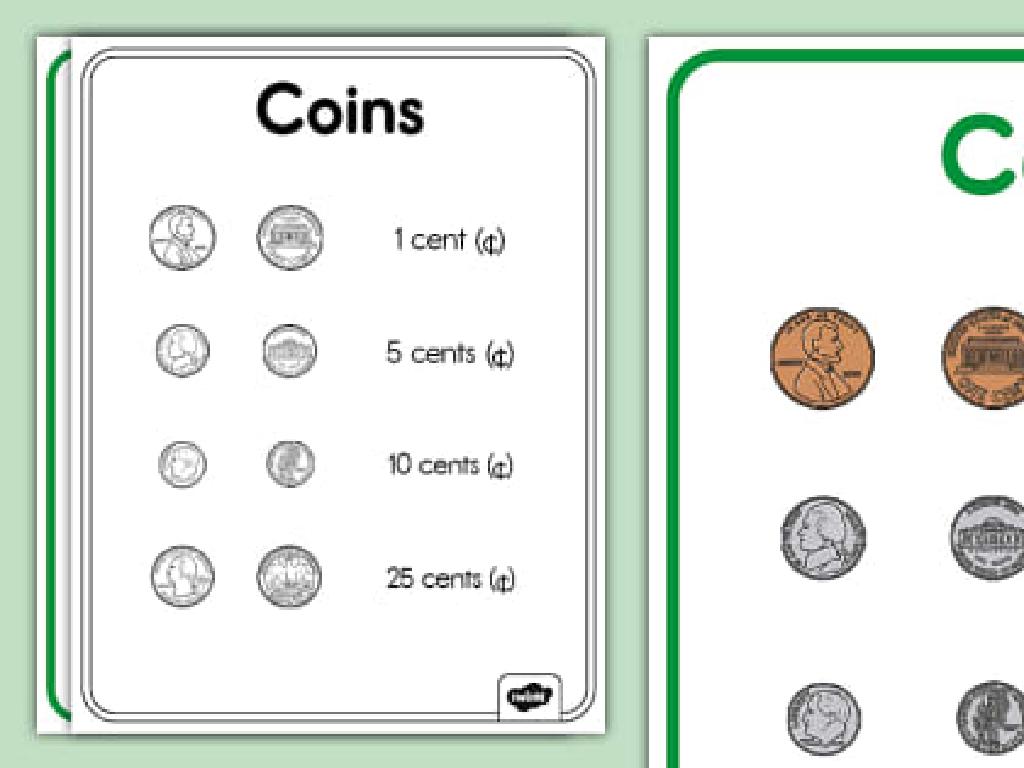Multiply Using Properties
Subject: Math
Grade: Fifth grade
Topic: Multiplication
Please LOG IN to download the presentation. Access is available to registered users only.
View More Content
Introduction to Multiplication Properties
– Welcome to our Math class!
– Understanding basic multiplication
– Multiplication combines equal groups to find a total.
– Discovering multiplication properties
– Properties like Commutative, Associative, and Distributive.
– Simplifying multiplication
– These properties can make complex problems simpler.
|
Today’s lesson introduces the properties of multiplication, which are rules that help us understand and perform multiplication more easily. Start by ensuring that students are comfortable with the concept of multiplication as combining equal groups. Then, explain the Commutative Property (changing the order of factors doesn’t change the product), the Associative Property (changing the grouping of factors doesn’t change the product), and the Distributive Property (breaking up a multiplication problem into smaller parts). Use examples to illustrate each property and show how they can simplify multiplication, especially when dealing with larger numbers. Encourage students to think of these properties as tools that can make their work with multiplication faster and more efficient.
Understanding the Commutative Property
– What is Commutative Property?
– It allows us to change the order of numbers when multiplying.
– Example: 3 x 4 equals 4 x 3
– Both give product of 12, showing order doesn’t matter.
– Swapping numbers keeps product same
– It simplifies multiplication
– Helps in solving problems faster & with flexibility.
|
The Commutative Property is a fundamental principle in multiplication that states you can swap the numbers around and still get the same result. For example, 3 times 4 is the same as 4 times 3; both equal 12. This property is useful because it can make calculations easier and more intuitive. When students understand this property, they can approach multiplication with greater confidence and flexibility. Encourage students to try swapping numbers in different multiplication problems to see that the product remains unchanged, reinforcing the concept.
Exploring the Associative Property
– What is Associative Property?
– It lets us group numbers in a multiplication in different ways.
– Example: (2 x 3) x 4 = 2 x (3 x 4)
– Both ways of grouping give us the same answer: 24.
– Group numbers without changing product
– Changing the grouping of factors does not change the result.
– Practice with different groupings
|
The Associative Property in multiplication allows us to group factors in different ways without changing the product. This means that no matter how we group the numbers we are multiplying, the product will be the same. For example, (2 x 3) x 4 can be grouped as (2 x 3) first, and then multiplied by 4, or we can group 3 x 4 first, and then multiply by 2. Both will result in the same product, 24. Encourage students to practice this property by trying different groupings with other numbers and verifying that the product remains unchanged. This concept helps in simplifying complex multiplication problems and is fundamental in understanding algebra.
Exploring the Distributive Property
– What is Distributive Property?
– It lets you multiply a sum by multiplying each addend separately and then add the products.
– Example: 5 x (2 + 3)
– This equals (5 x 2) + (5 x 3)
– Break apart the addition inside
– Instead of adding first, we use multiplication for each number inside the parentheses.
– Multiply each addend separately
– We do 5 x 2 and 5 x 3, then add the results to get the same answer.
|
The Distributive Property is a useful tool in mathematics that allows us to simplify multiplication problems when numbers are grouped with addition. By teaching this property, we enable students to break down more complex multiplication problems into simpler parts. For example, 5 multiplied by the sum of 2 and 3 can be distributed to 5 times 2 plus 5 times 3. This slide will help students visualize the process of distributing the multiplication over addition and understand that it can make solving problems easier. Encourage students to practice with different numbers and to check their work by performing the original multiplication.
Understanding the Identity Property of Multiplication
– What is the Identity Property?
– It states that any number times one equals the number itself
– Example: Multiplying by 1
– See how 8 x 1 still equals 8?
– Numbers remain the same
– No matter the number, 1 keeps it unchanged
– It’s like a mirror reflection
|
The Identity Property of Multiplication is a fundamental concept in mathematics that states any number multiplied by one remains the same, or ‘unchanged’. This property is like looking in a mirror; what you see is exactly what you get. For example, when we multiply 8 by 1, the result is still 8. It’s important for students to recognize that the number one is the ‘identity’ for multiplication, just as their own reflection is their identity in a mirror. Encourage students to think of the number one as a special number in multiplication that leaves other numbers unchanged. Have them practice with different numbers to reinforce this concept.
Zero Property of Multiplication
– Understanding the Zero Property
– When a number is multiplied by 0, the result is always 0
– Example: Multiplying by zero
– For instance, 7 x 0 = 0 shows how the property works
– Any number times zero equals zero
– It doesn’t matter how big the number is; it will always become 0
– Practical implications in math
|
The Zero Property of Multiplication is a fundamental concept in mathematics that states any number multiplied by zero will result in zero. This slide introduces the property with a clear example, 7 x 0 = 0, to illustrate the concept. Emphasize to students that no matter what the first number is, if it is multiplied by zero, the answer will always be zero. This property is important for understanding more complex multiplication and algebraic concepts. Encourage students to think of real-life scenarios where this might apply, such as zero objects of any kind still being none, and to practice with different numbers to reinforce the concept.
Multiplication Properties: Practice Time
– Apply learned multiplication properties
– Solve the practice problems
– Use commutative, associative, or distributive property
– Share your solutions with peers
– Reflect on the problem-solving process
– Think about which property helped you and why
|
This slide is designed to reinforce the students’ understanding of multiplication properties through practice. Provide a set of problems that require the use of the commutative, associative, and distributive properties to solve. Encourage students to work independently first, then discuss their answers in small groups or with the whole class. This peer-sharing session will allow students to learn from each other and clarify any misunderstandings. As a teacher, facilitate the discussion by asking guiding questions about the properties used and why certain strategies were effective. Offer praise for effort and correct use of properties, and provide corrective feedback as necessary.
Class Activity: Multiplication Bingo
– Let’s play Multiplication Bingo!
– Each square has a property-based problem
– Properties like commutative, associative, distributive
– Solve and mark the completed squares
– Aim for five in a row to win!
|
This interactive class activity is designed to reinforce the understanding of multiplication properties through a fun game of Bingo. Prepare bingo cards in advance, with each square containing a multiplication problem that applies one of the multiplication properties (commutative, associative, or distributive). Explain the rules: students must solve the problems and mark off the squares. The first student to get five correct solutions in a row (horizontally, vertically, or diagonally) calls out ‘Bingo!’ and wins. Possible variations of the activity could include group play, timed challenges, or using different properties on different cards to ensure a comprehensive understanding. This activity not only makes learning multiplication properties engaging but also encourages quick mental calculations.






